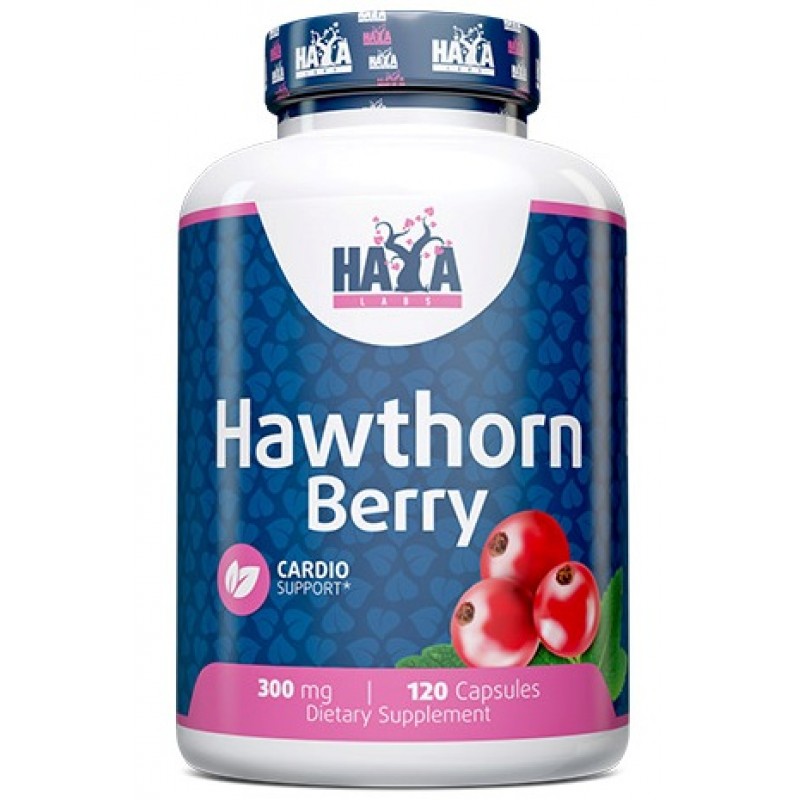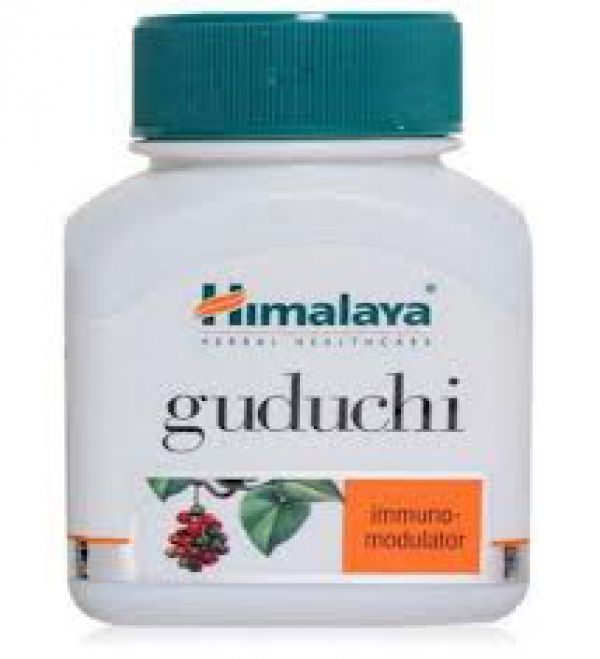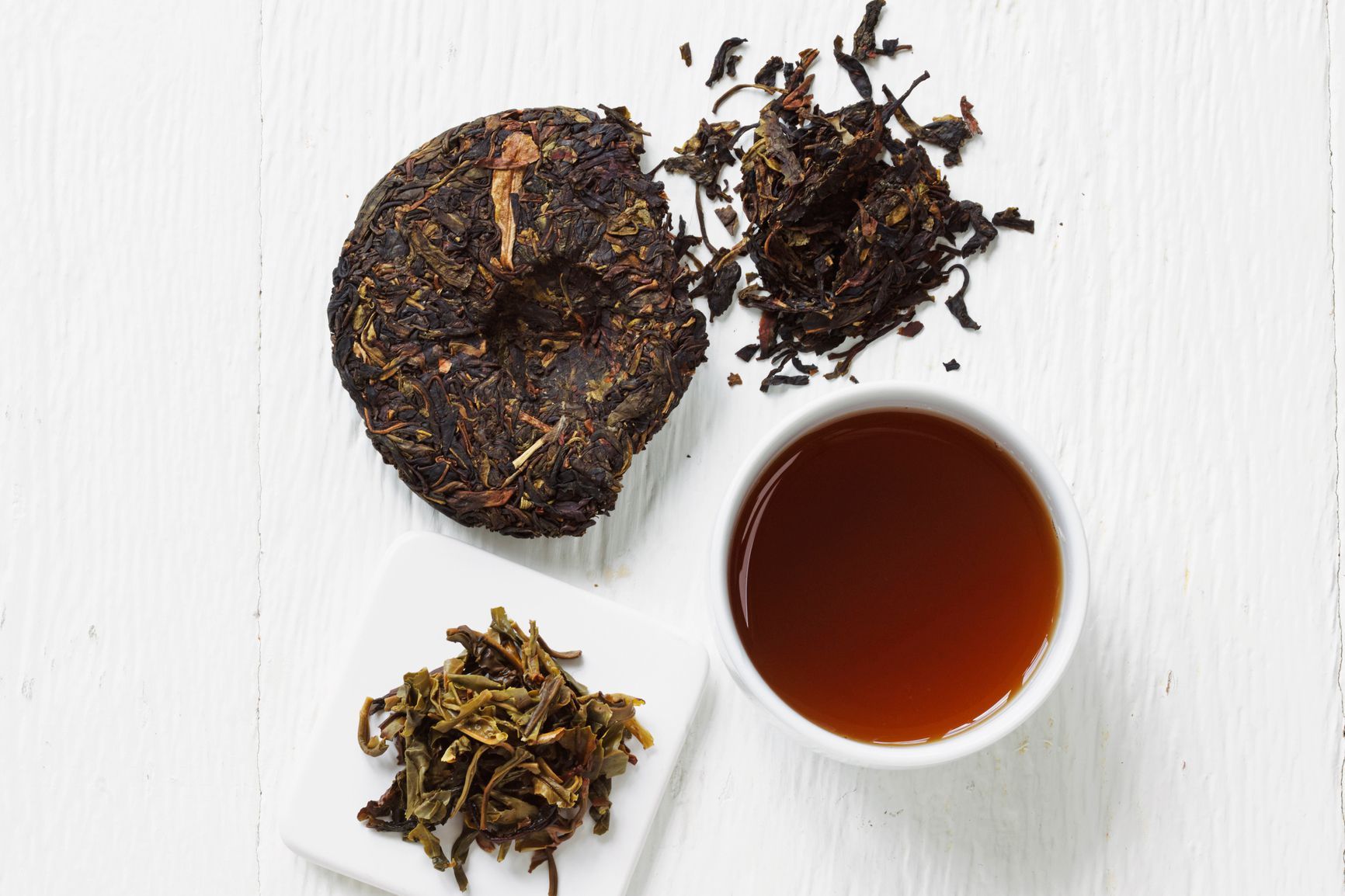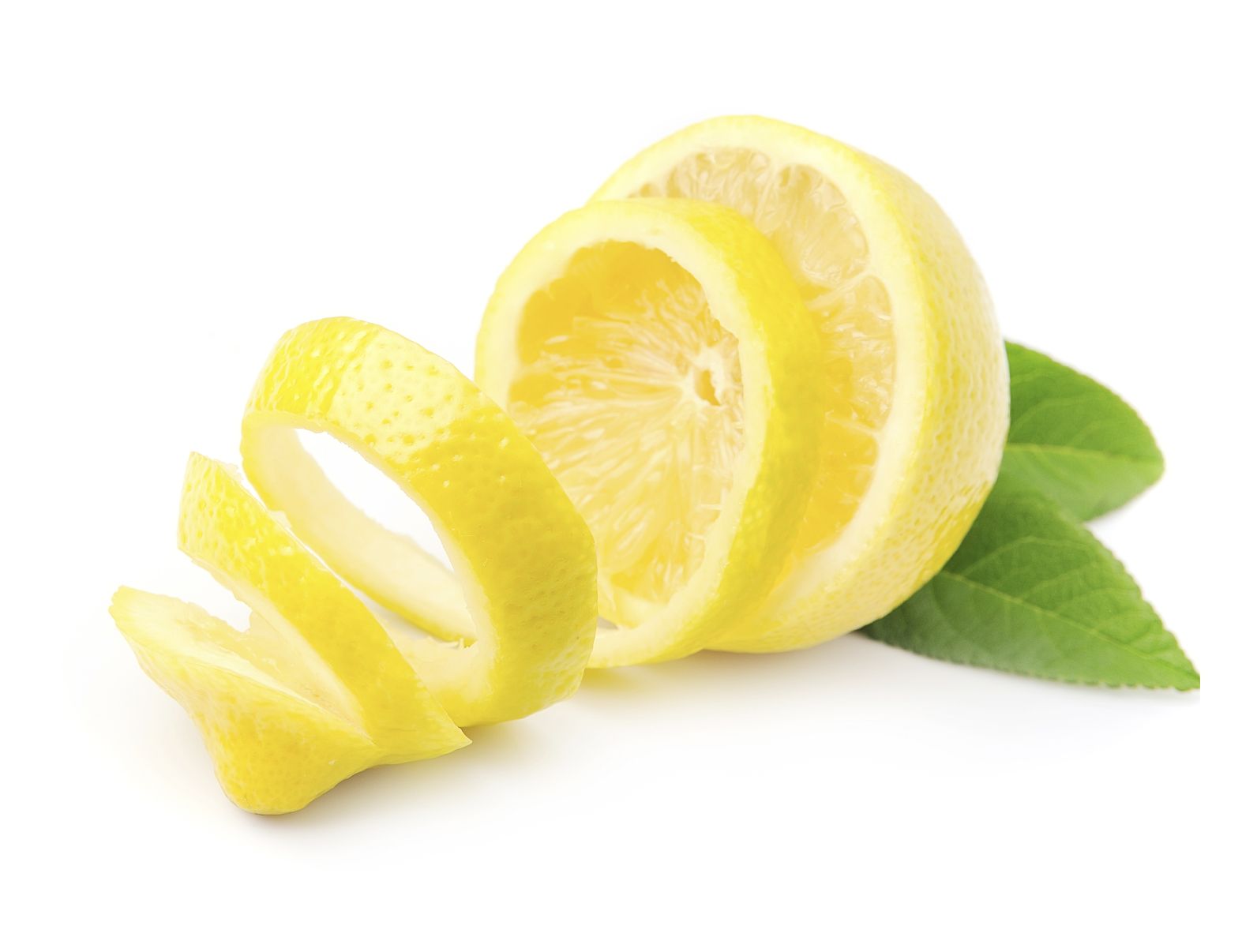Hawthorn berries, derived from the hawthorn tree (Crataegus genus), have been revered for centuries for their medicinal properties and health benefits. These small, red berries have a long history of use in traditional medicine systems, particularly in Europe and Asia, where they were valued for their cardiovascular and digestive health-promoting effects. Hawthorn berries are rich in bioactive compounds such as flavonoids, oligomeric procyanidins, and triterpenoids, which contribute to their therapeutic properties. In recent years, hawthorn berry supplements have gained popularity as a natural remedy for various health conditions. This comprehensive guide explores the multifaceted benefits of hawthorn berry supplements, drawing…
-
-
Guduchi, scientifically known as Tinospora cordifolia, is a climbing shrub native to the Indian subcontinent and Southeast Asia. Also known as Giloy or Amrita, guduchi has been revered in Ayurvedic medicine for thousands of years for its remarkable health benefits and medicinal properties. In Sanskrit, the name “guduchi” translates to “one that protects the body from diseases,” highlighting its esteemed status as a powerful herbal remedy. Guduchi supplements have gained popularity worldwide, valued for their diverse array of health-promoting effects. This comprehensive guide explores the multifaceted benefits of guduchi supplements, drawing upon both traditional wisdom and modern scientific research. Historical…
-
Introduction: When it comes to our taste buds, bitter flavors often receive a bad reputation. However, bitter foods can be incredibly beneficial for our health. Bitterness is a natural indicator of potent compounds that can support various bodily functions. Incorporating bitter foods into your diet can improve digestion, detoxification, and overall well-being. In this comprehensive guide, we will explore nine bitter foods that are good for you, along with their unique health benefits. Kale: Kale, a leafy green vegetable, is known for its bitter taste. Packed with essential nutrients like vitamins A, C, and K, kale supports eye health, boosts…
-
Pu-erh tea is a type of fermented tea that originates from the Yunnan province in China. It has a rich history dating back thousands of years and is known for its unique taste and potential health benefits. In this comprehensive guide, we will explore the benefits of Pu-erh tea, recommended dosage, potential side effects, and more. What is Pu-erh Tea? Pu-erh tea is made from the leaves of the Camellia sinensis plant, the same plant used to produce green tea, black tea, and oolong tea. However, what sets Pu-erh tea apart is its fermentation process. The tea leaves are first…
-
Stevia and Splenda are two popular artificial sweeteners that are commonly used as sugar substitutes. They offer a way to add sweetness to food and beverages without the added calories and potential health risks associated with regular sugar consumption. However, there are some key differences between Stevia and Splenda, including their origin, taste, safety profile, and potential side effects. In this comprehensive guide, we will explore these differences and help you understand which sweetener might be the right choice for you. Origin and Composition: Stevia is a natural sweetener derived from the leaves of the Stevia rebaudiana plant, which is…
-
Introduction: Lemon peel, the outermost layer of the lemon fruit, often goes unnoticed and is discarded as waste. However, lemon peel is packed with essential nutrients and offers numerous benefits for our health, well-being, and household needs. In this comprehensive guide, we will explore nine remarkable benefits and versatile uses of lemon peel, unveiling its potential beyond just a flavor enhancer. Rich Source of Nutrients: Lemon peel is abundant in vital nutrients such as vitamin C, vitamin A, calcium, potassium, and fiber. These nutrients provide a range of health benefits, including supporting the immune system, promoting healthy skin, and aiding…
-
In today’s modern world, our lives are increasingly intertwined with technology. We spend a significant amount of time using electronic devices such as smartphones, tablets, and computers. While these devices have brought numerous benefits, they also expose us to a type of light that can disrupt our sleep: blue light. Blue light is emitted by electronic screens and certain types of light bulbs, and it can interfere with our natural sleep-wake cycle. However, by understanding the impact of blue light on sleep and employing strategies to block it at night, we can promote better sleep and overall well-being. This comprehensive…







